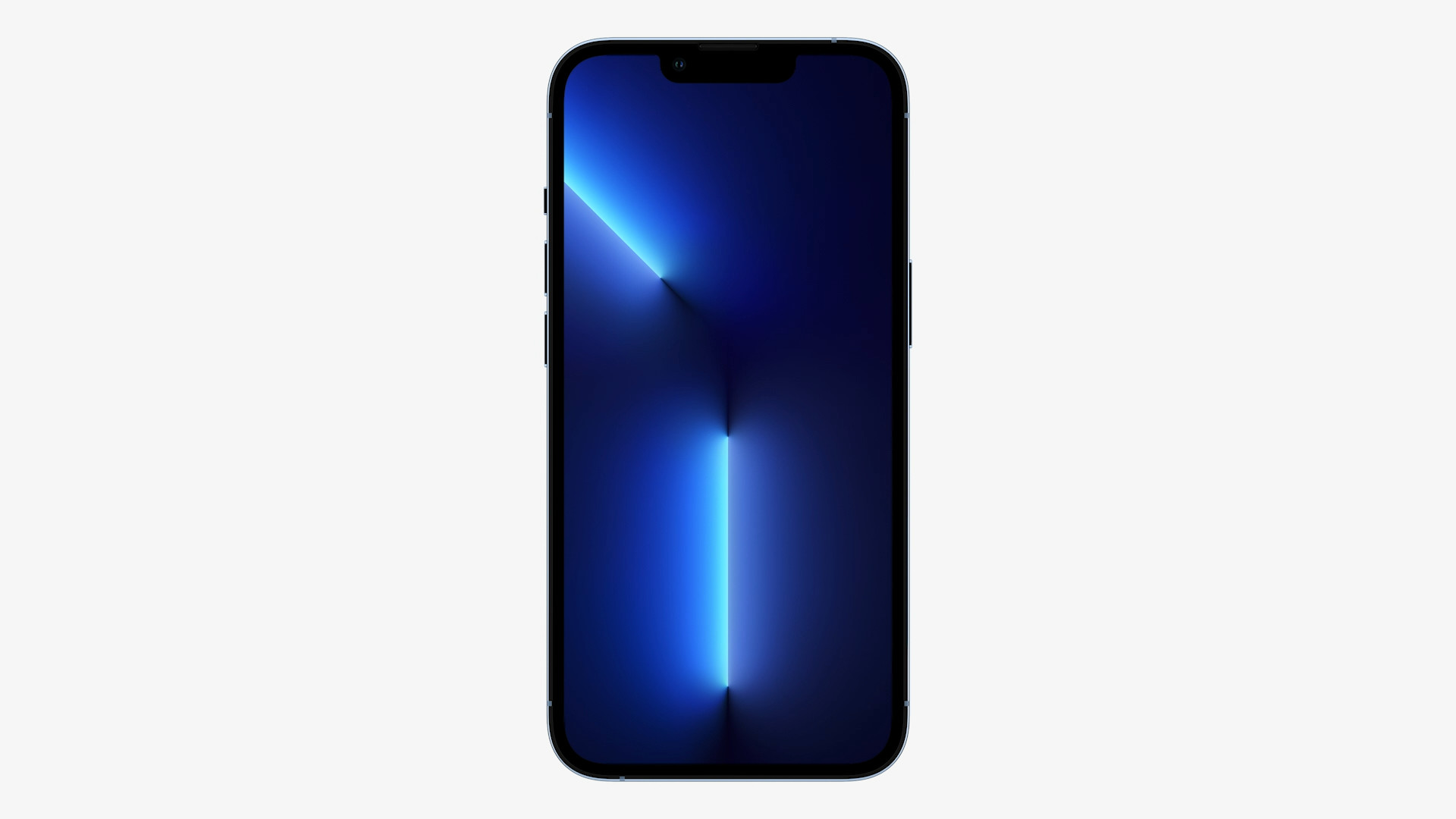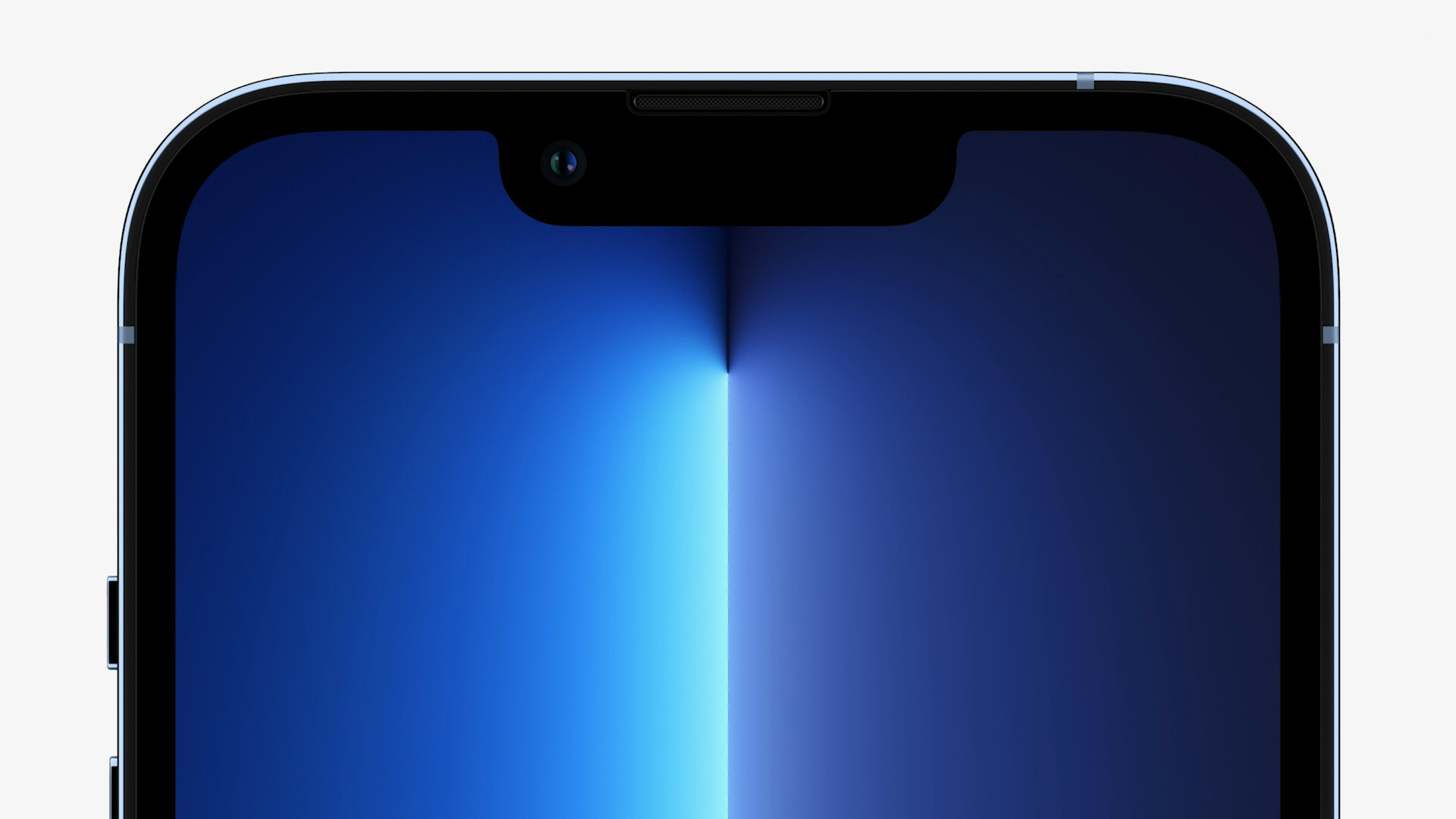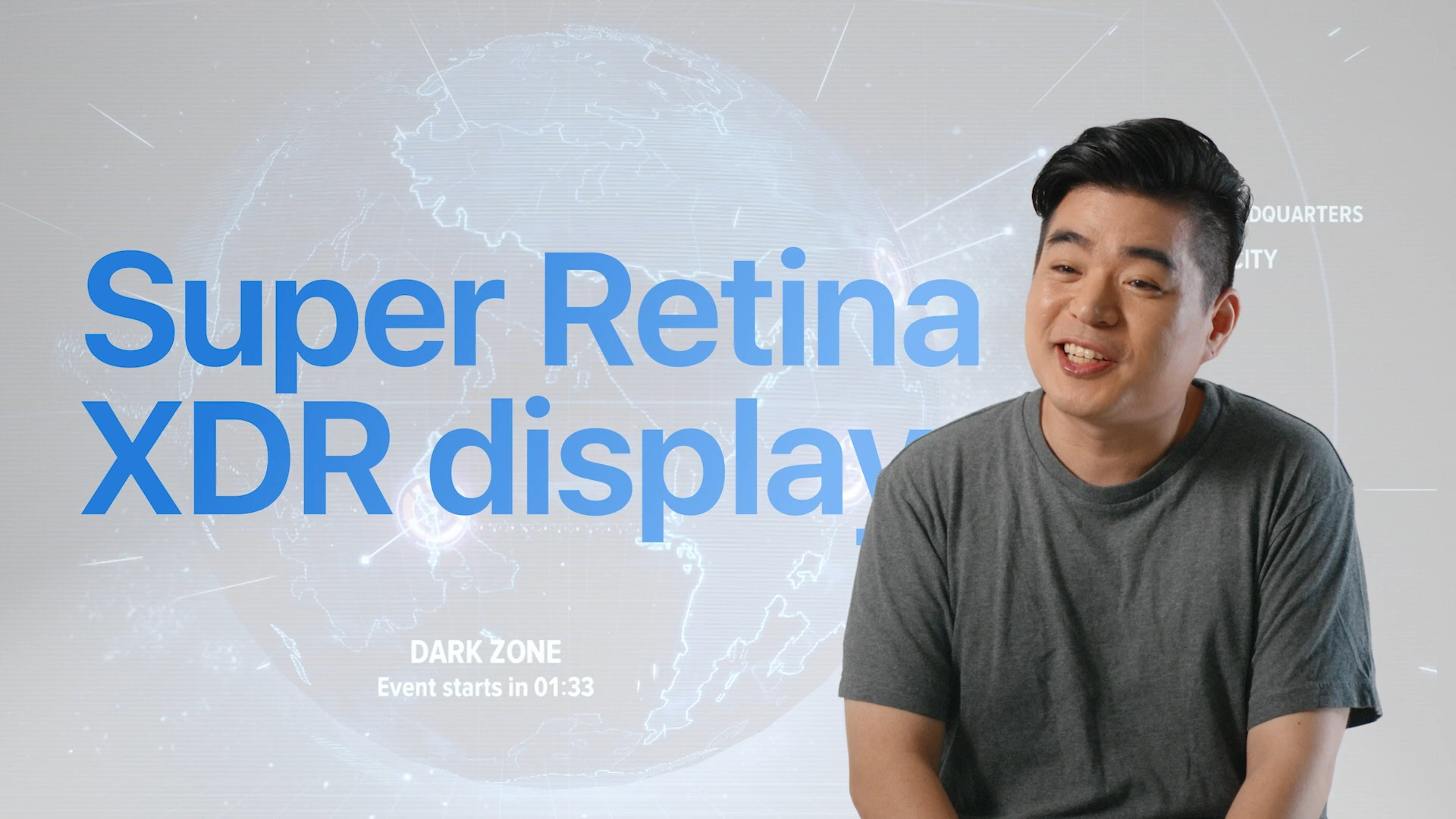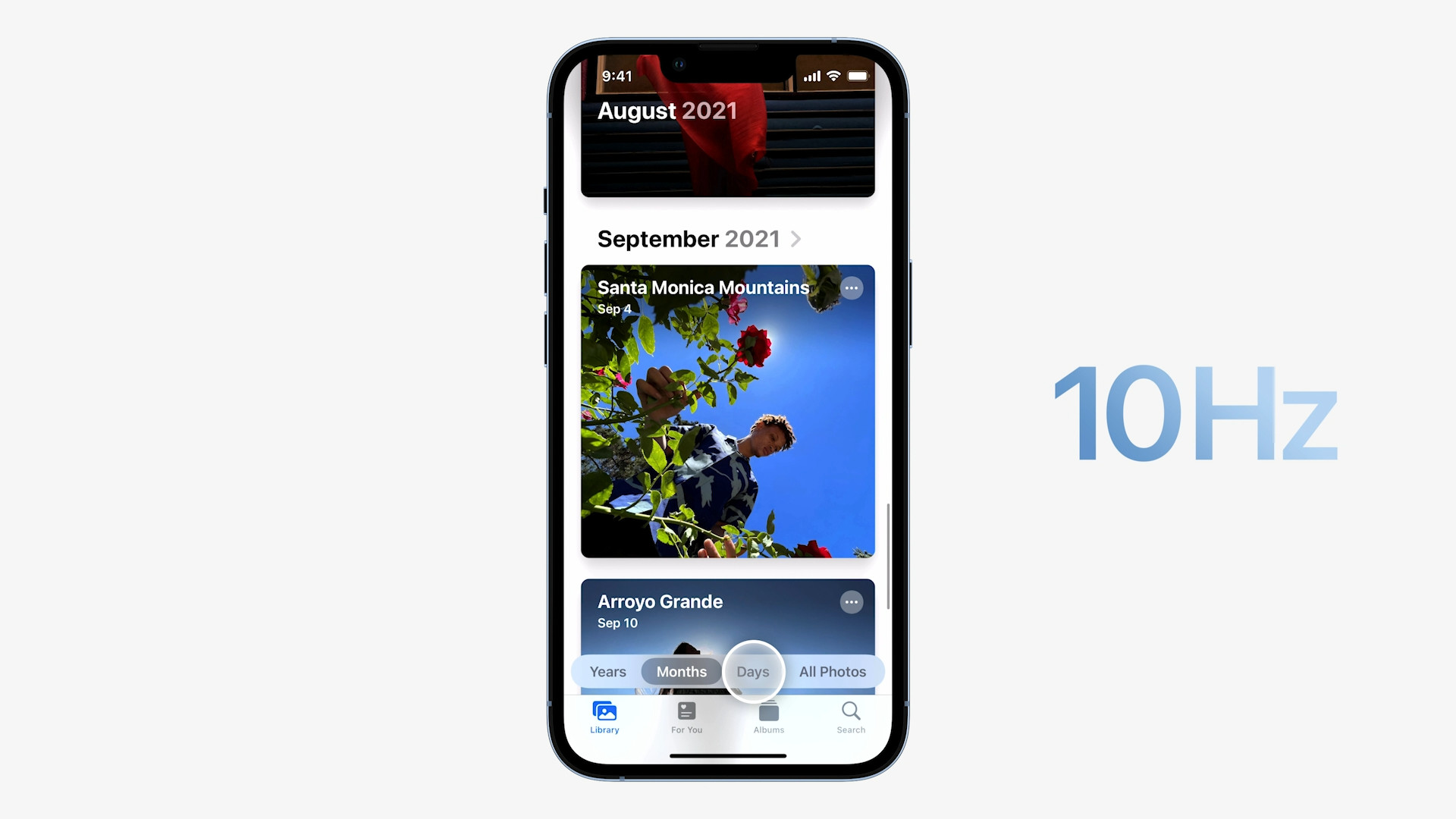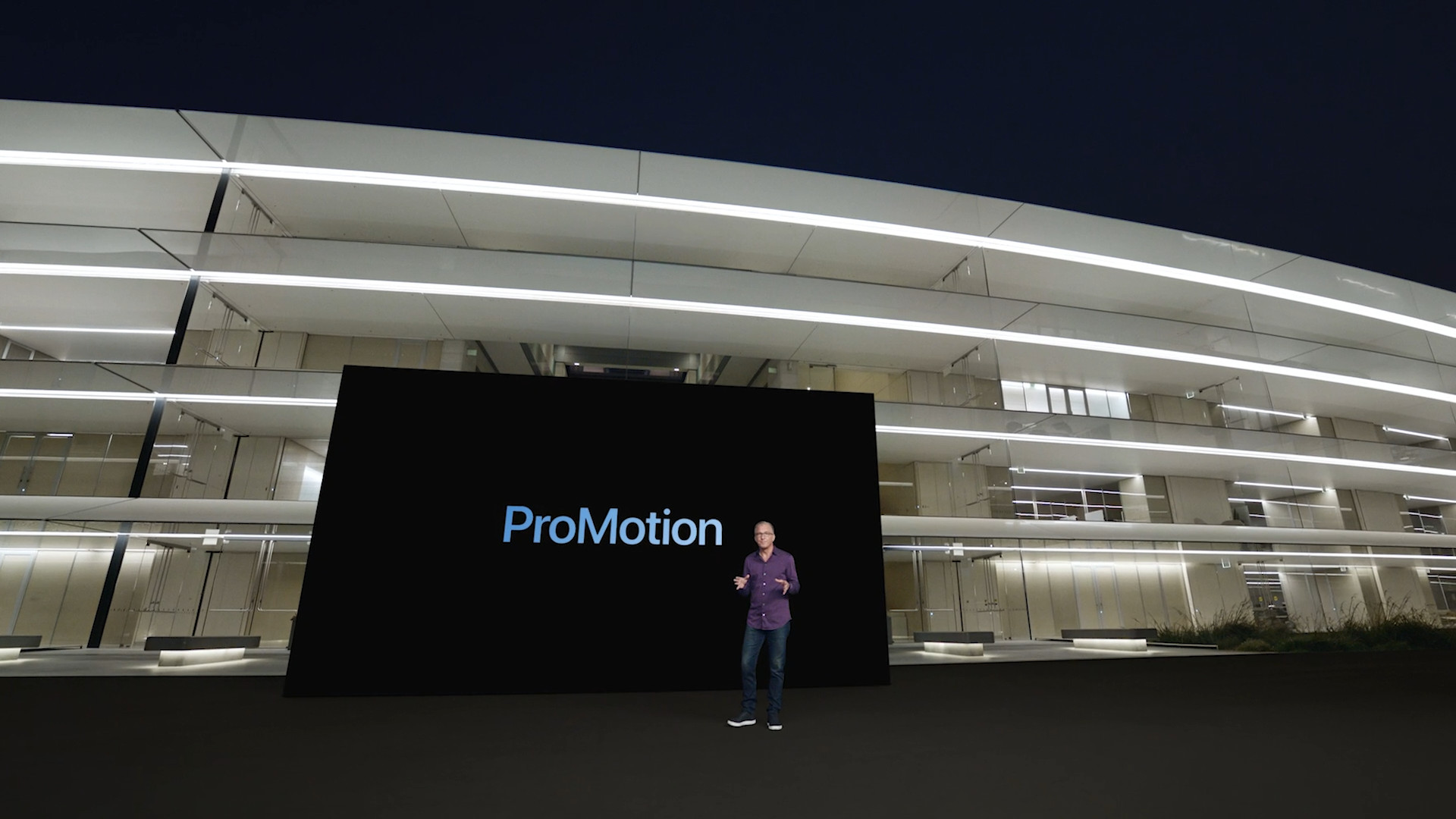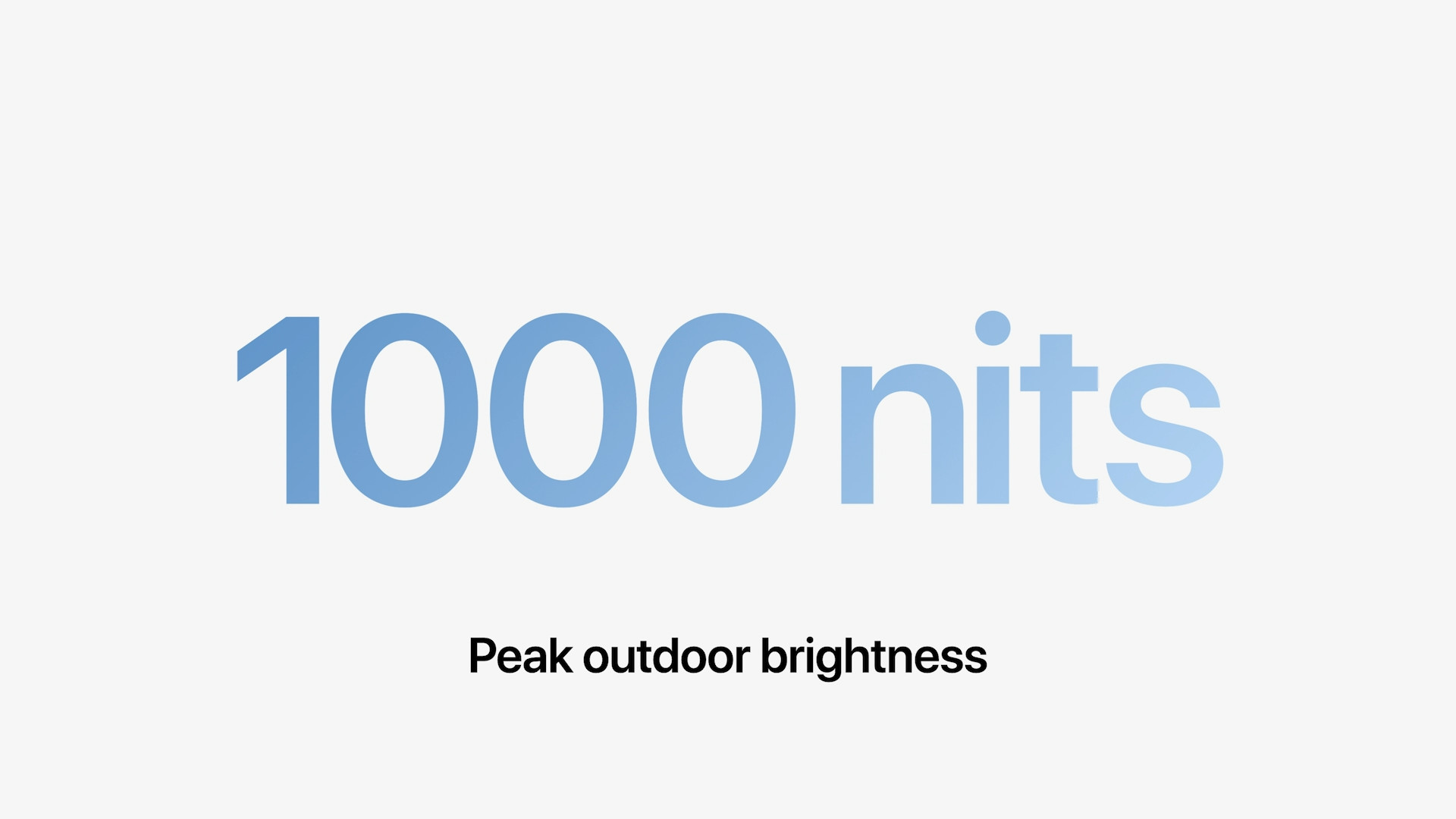In the world of smartphones, one of the most important aspects is its display. In addition to determining the type, size, resolution, maximum brightness, color gamut and perhaps even contrast, the refresh rate has also been discussed a lot in recent years. From the 60Hz standard, we are already starting to move to 120Hz on iPhones, and that too adaptively. But except for the refresh rate, there is also the sampling rate. What does it actually mean?
The sample rate defines the number of times the device's screen can register the user's touches. This speed is usually measured in 1 second and the Hertz or Hz measurement is also used to indicate the frequency. Although refresh rate and sample rate sound similar, the truth is that they both take care of different things.
It could be interest you

Twice as much
While the refresh rate refers to the content that the screen updates per second at a given rate, the sample rate, in contrast, refers to how often the screen "senses" and records the user's touches. So a sampling rate of 120 Hz means that every second the screen checks the users touch 120 times. In this case, the display will check every 8,33 milliseconds whether you are touching it or not. A higher sampling rate also results in a more responsive user interaction with the environment.
In general, the sampling frequency must be twice the refresh rate so that the user does not notice any delay. iPhones with a 60Hz refresh rate thus have a sampling rate of 120 Hz, if the iPhone 13 Pro (Max) has a maximum refresh rate of 120 Hz, the sampling rate should be 240 Hz. However, the sampling frequency also depends on the device chip used, which evaluates this. It has to detect the position of your touch within milliseconds, evaluate it and return it to the action you are currently performing - so that there is no reaction delay, this is absolutely crucial when playing demanding games.
It could be interest you

Market situation
In general, it can be said that for users who want the best and smoothest experience using the device, not only the refresh rate is important, but also the sampling rate. In addition, it can be higher than just double. E.g. the gaming ROG Phone 5 offers a sampling frequency of 300 Hz, the Realme GT Neo up to 360 Hz, while the Legion Phone Duel 2 even up to 720 Hz. To put this into another perspective, a touch sample rate of 300Hz would mean that the display is ready to receive touch input every 3,33ms, 360Hz every 2,78ms, while 720Hz then every 1,38ms.
 Adam Kos
Adam Kos 